Futures Exchange Industry 2019 Phase II Research Report
Summary of points:
1. From January to July 2019, the volume of digital passbook futures increased significantly. The total market futures transaction volume reached 1,605.7 billion US dollars, accounting for 26.15% of the total market transaction volume (the current spot transaction volume was 4,533.6 billion US dollars; the futures spot total transaction volume was 6,139.3 billion US dollars), and the daily average futures trading volume was 8.871 billion US dollars. .
2. Futures trading surged since May, and the market-wide futures trading volume increased from US$104.5 billion in February to US$412.7 billion in July, with a monthly average growth rate of 39% in half a year. The total transaction volume of the 5, 6 and 7 three months is 3 times of the total transaction volume of 2, 3 and 4 three months.
3. The top three exchanges that have always occupied the market contract volume are still BitMEX, OKEx and Huobi DM. The total futures trading volume of this period is US$649.7 billion, US$532.1 billion and US$280.1 billion, with an average daily volume of US$3.6 billion. $2.9 billion and $1.5 billion.
- QKL123 market analysis | Bitcoin risk avoidance highlights, long-term still bullish (0911)
- Hong Kong's anti-acquisition new deal will take effect, and the "coin stock" of the fire currency will be renamed as a risk
- Ling listen to the micro-public bank blockchain open source observation: throw the code out, take the trust back
4. The sharp increase in futures trading volume is due to the rise in market sentiment as a result of the rising bitcoin market price in April. The original futures exchanges have also launched a more extensive contract business, from the increase of the underlying trading pair to the futures. Innovative types of contracts; on the other hand, investors are increasingly contacting and recognizing the value of futures contracts, and the demand for non-mainstream currency contracts has also increased, bringing new value to the futures contract market.
5. Before September 2018, the digital pass market futures trading market was monopolized by BitMEX and OKEx. After Huobi Global launched the Huobi DM contract trading platform in early December 2018, the market continued to climb from February to July. The market share has gradually expanded. The total transaction volume accounted for 43% of BitMEX and 17% of the total market. Although the growth rate is relatively fast, there are still some distances from OKEx and BitMEX in terms of transaction volume.
6. Following the Chicago Board Options Exchange (CBOE) announced in March 2019 that offline Bitcoin futures trading, the traditional futures exchange only left the Chicago Mercantile Exchange (CME) to trade Bitcoin futures contracts. The data shows that about 97% of the current digital certificate futures transactions occurred on the digital clearing exchange, and the traditional exchanges accounted for less than 3%.
7. Since 2019, cryptocurrency derivatives have continued to innovate, with new derivatives such as options contracts, index contracts and leveraged tokens. Option contracts have become the new vane, and mainstream platforms have begun to develop options contract products. At present, the market is dominated by reverse contracts. The perpetual contract is more popular than the delivery contract, and the hundred-fold leverage design has become the norm.
8. Derivatives contracts have been continuously enriched, not only have a large number of non-mainstream targets increased, but also increased the stability of the currency. Based on the rise of the IEO model in the first half of the year, the demand for platform currency has also expanded.
9. The design and innovation of futures products are mostly based on the anti-shock design mechanism, which aims to optimize the user transaction experience and reduce the platform operation risk. The reasonable price tag system is an important part of the anti-seal design mechanism, usually based on the price index. If the number of index components is small, it is prone to large pin problems or safety accidents when faced with large market fluctuations or problems with the exchange API on which the index depends.
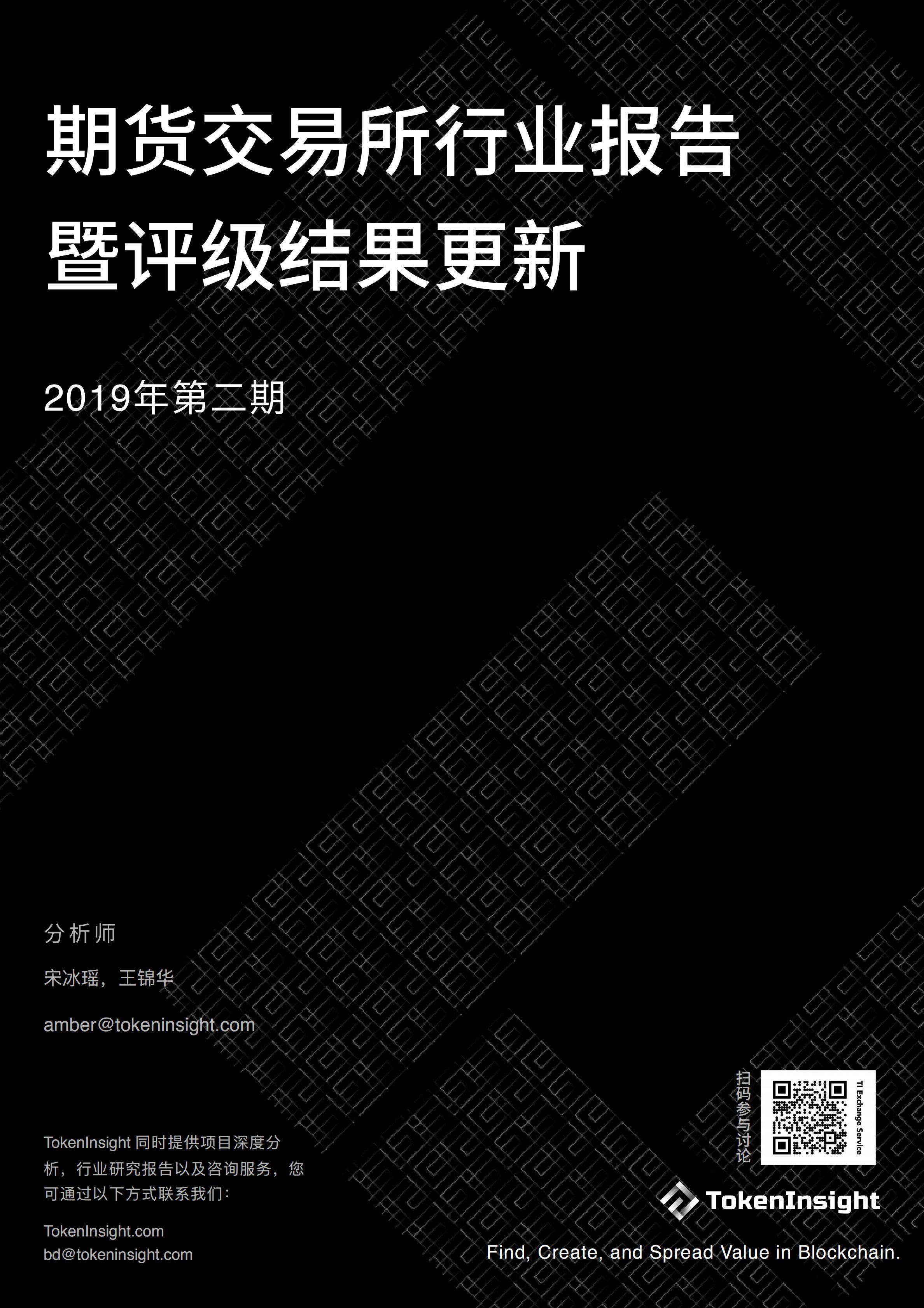

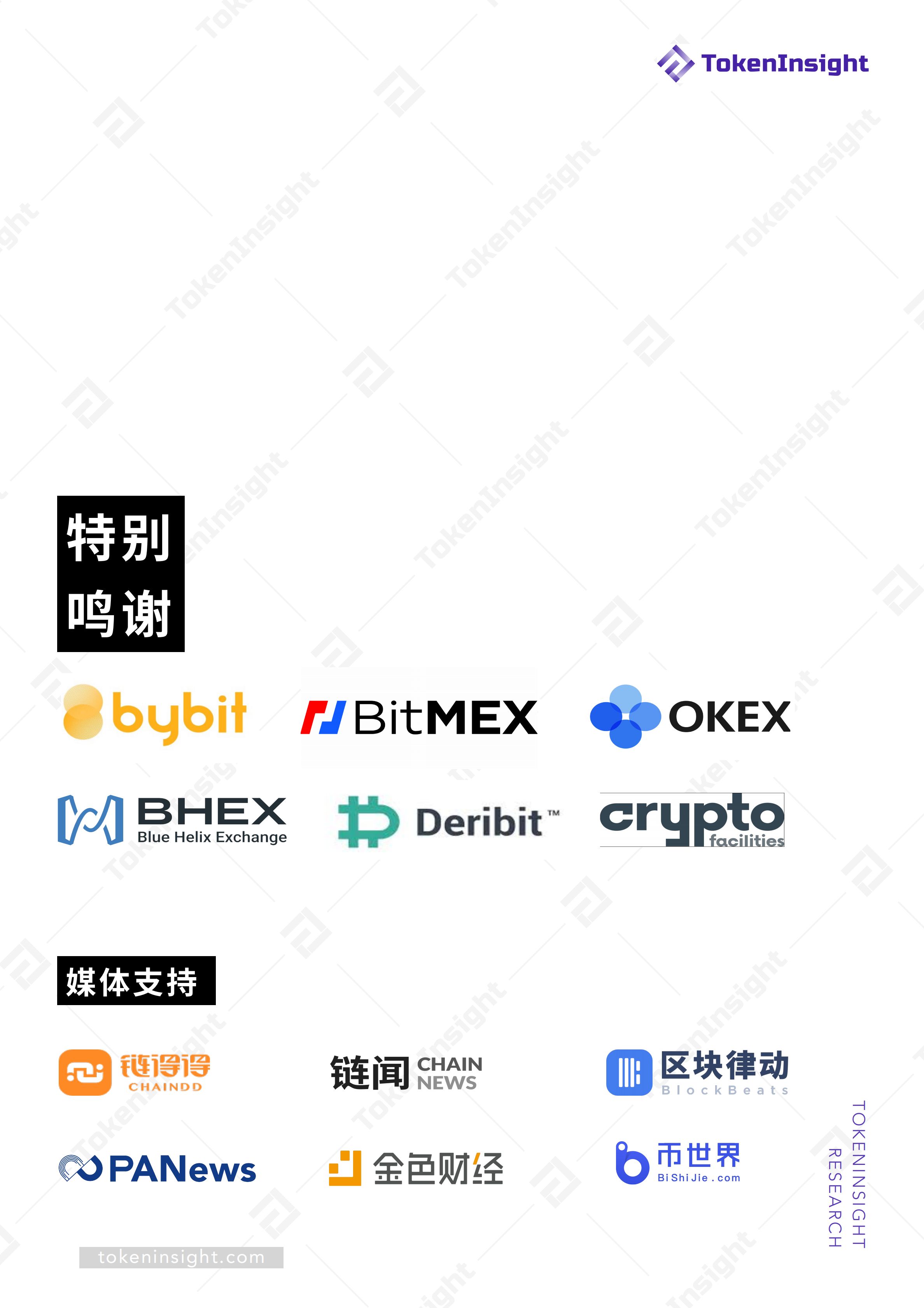

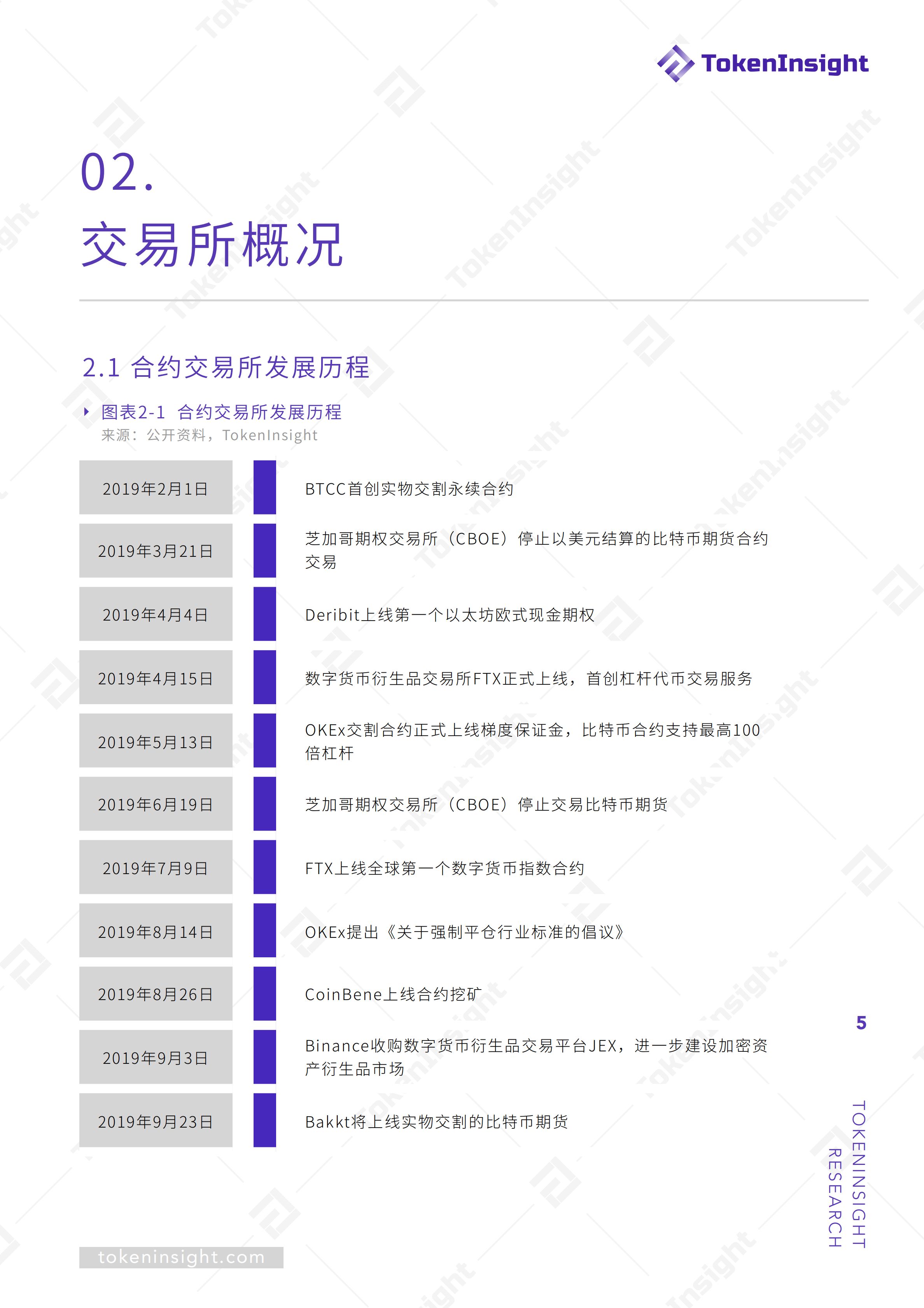
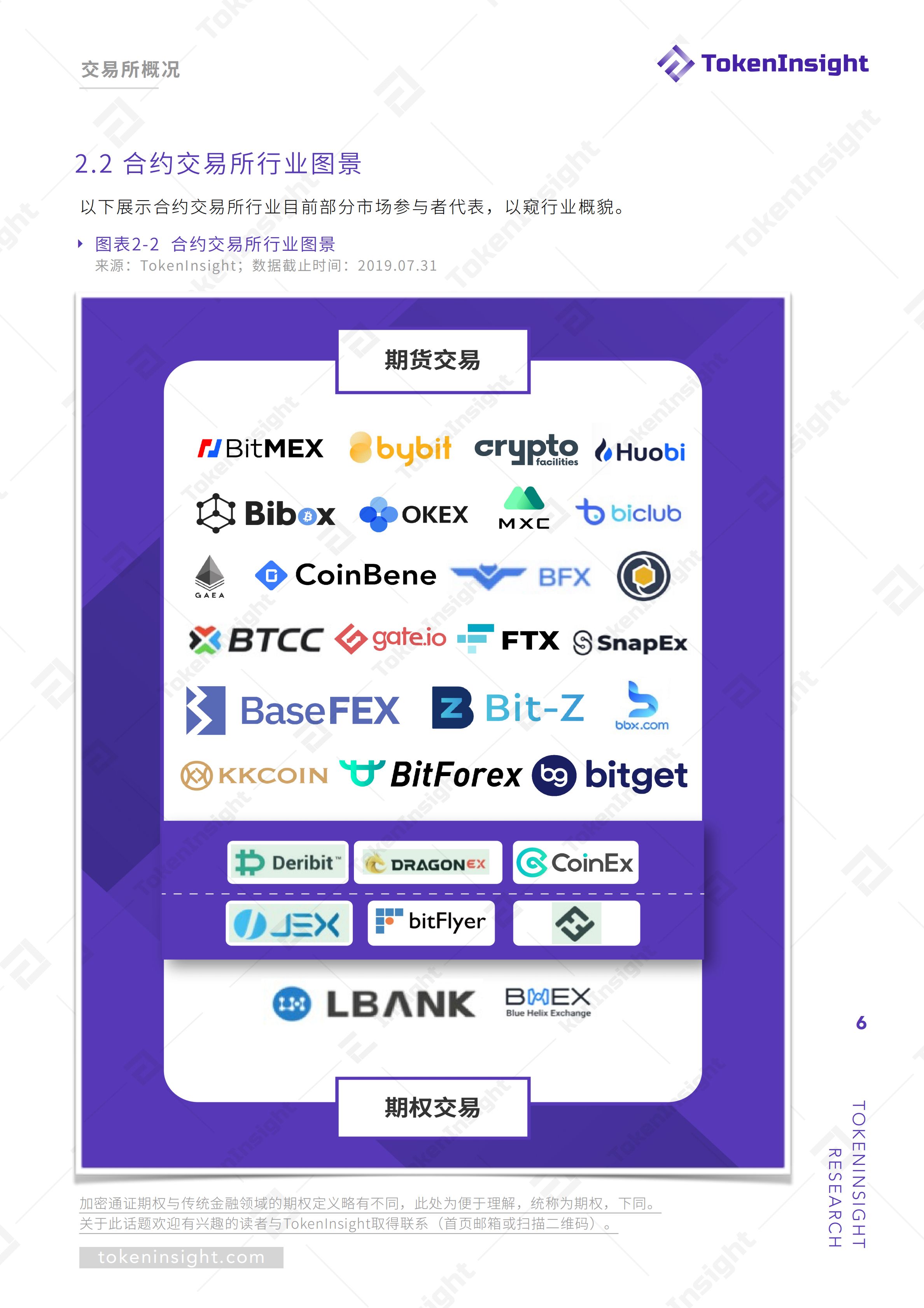
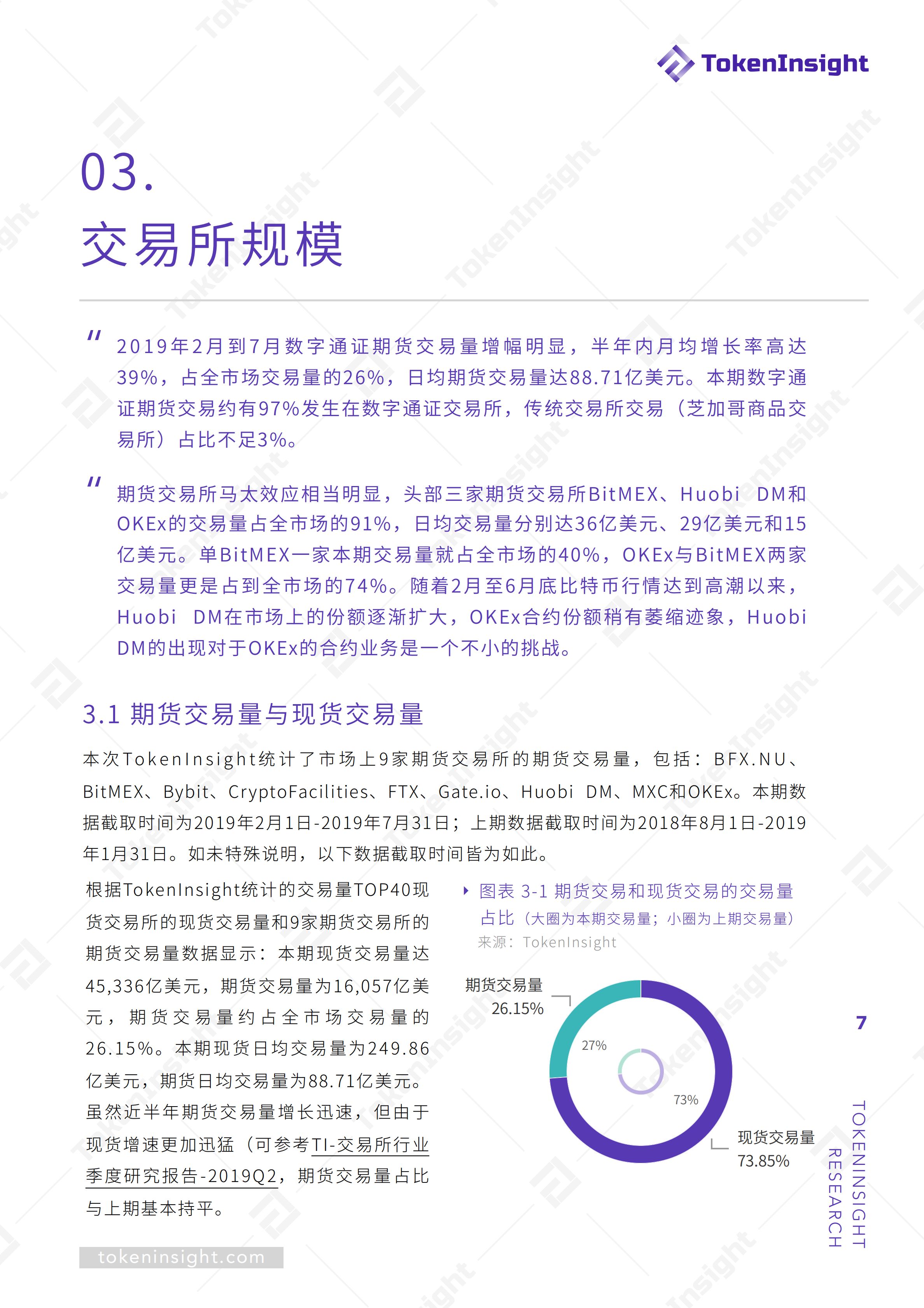
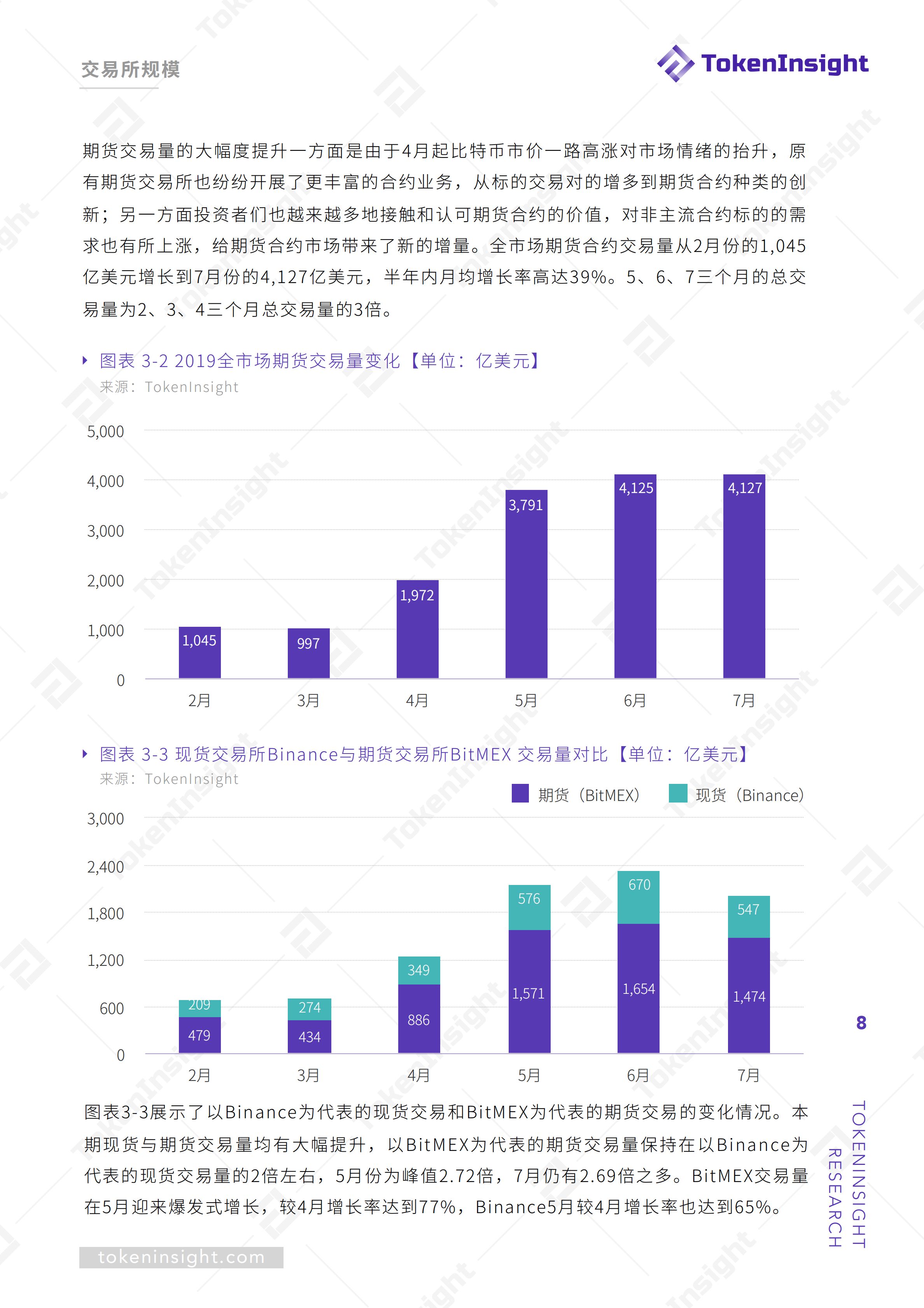

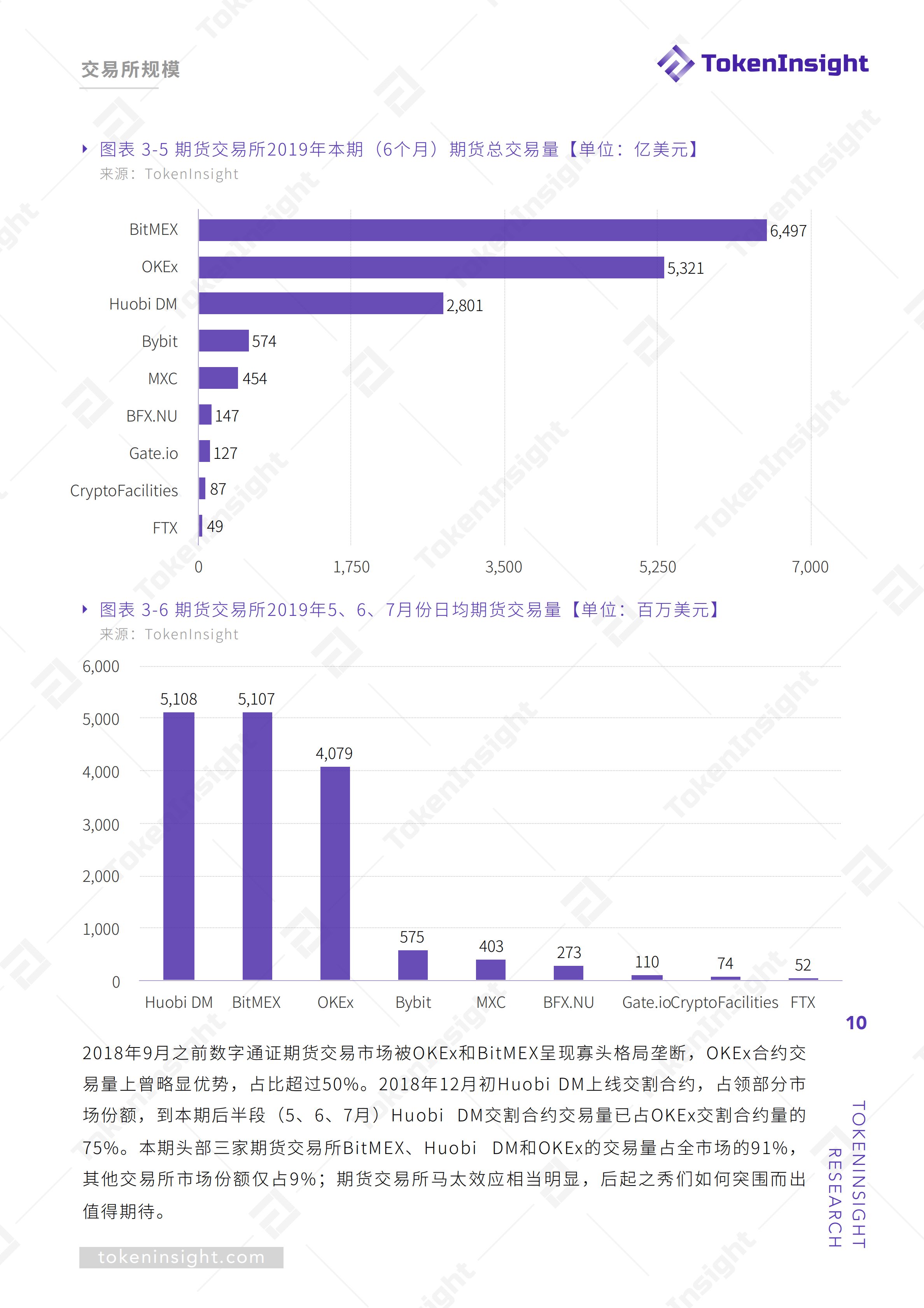



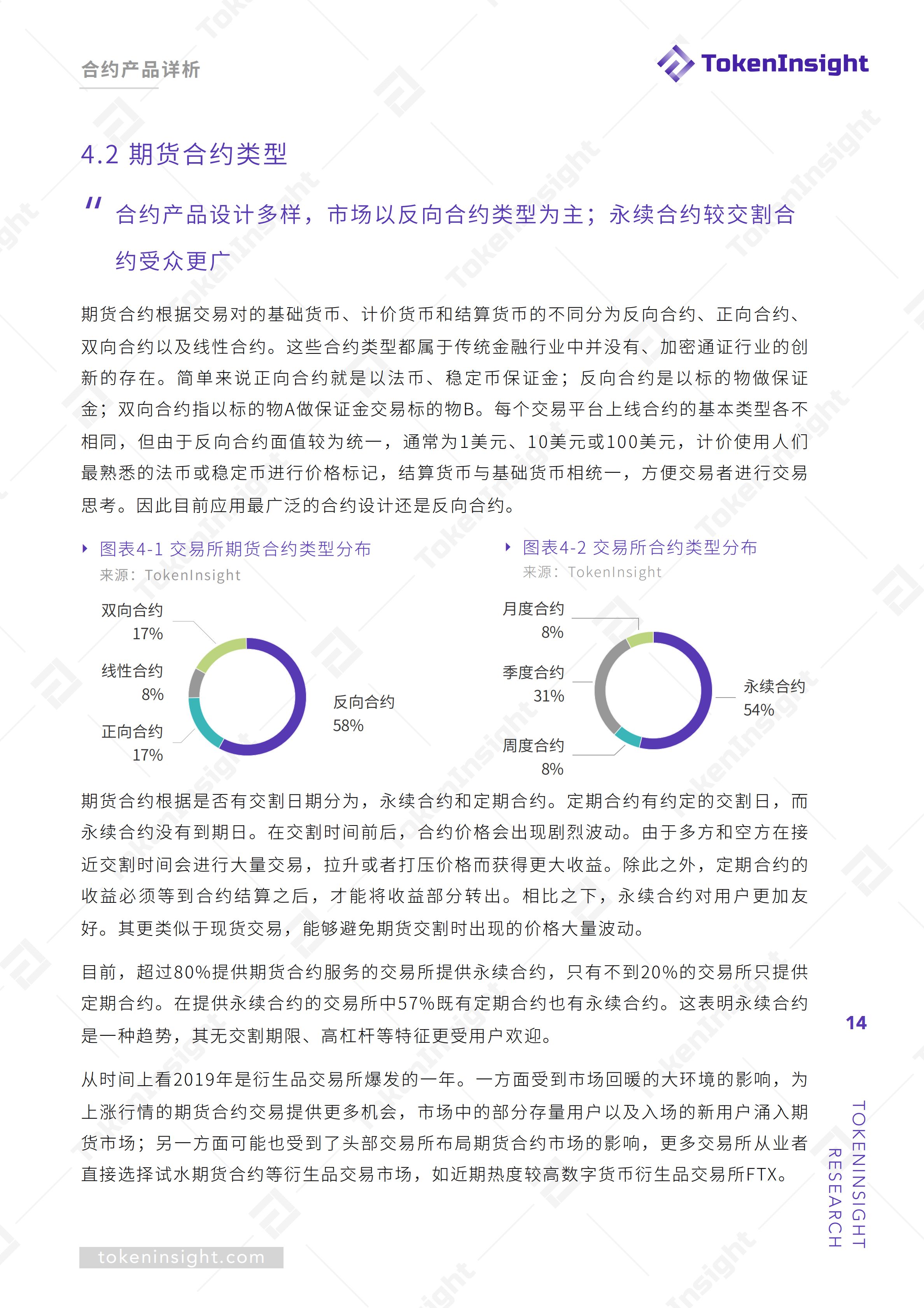
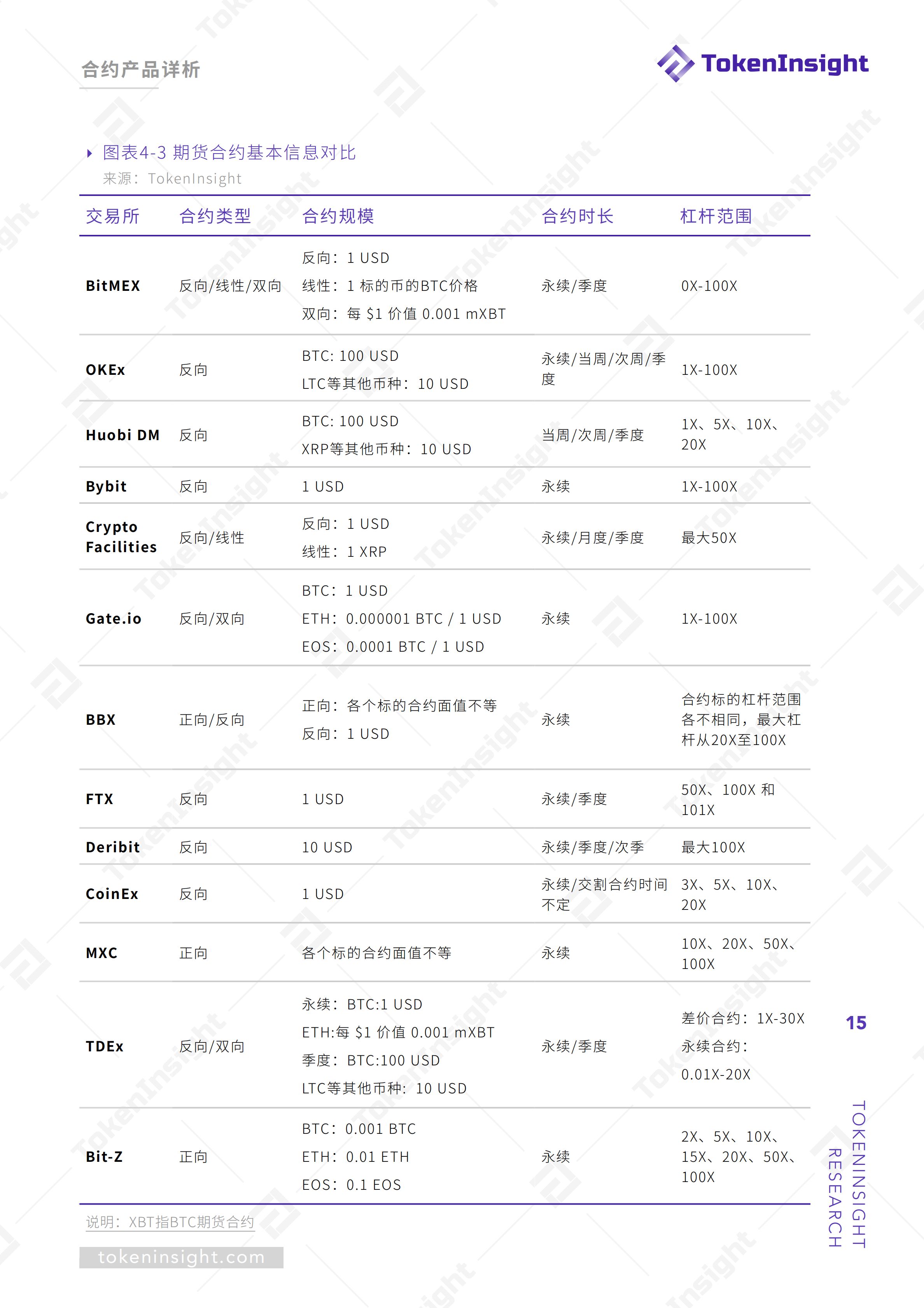

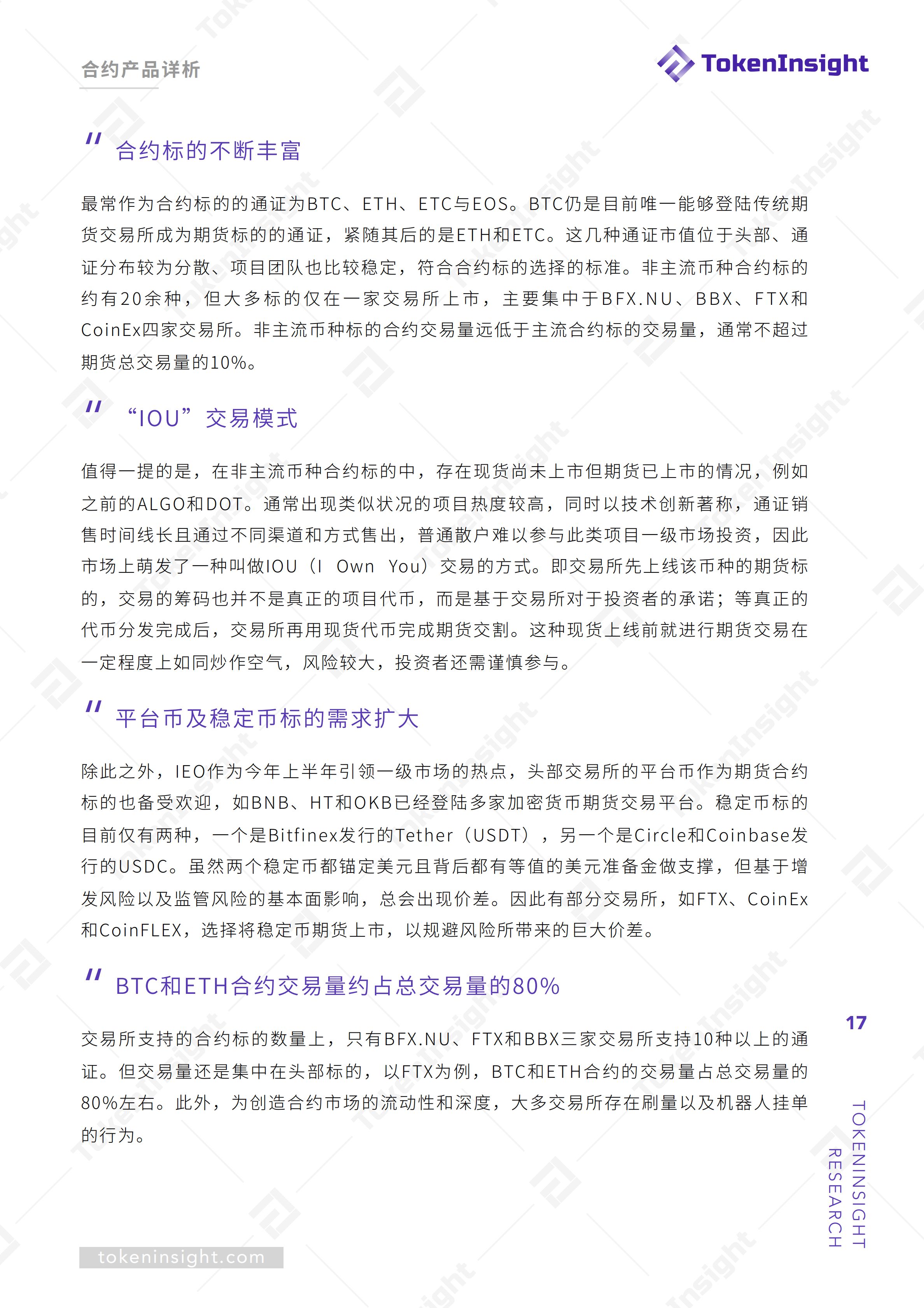
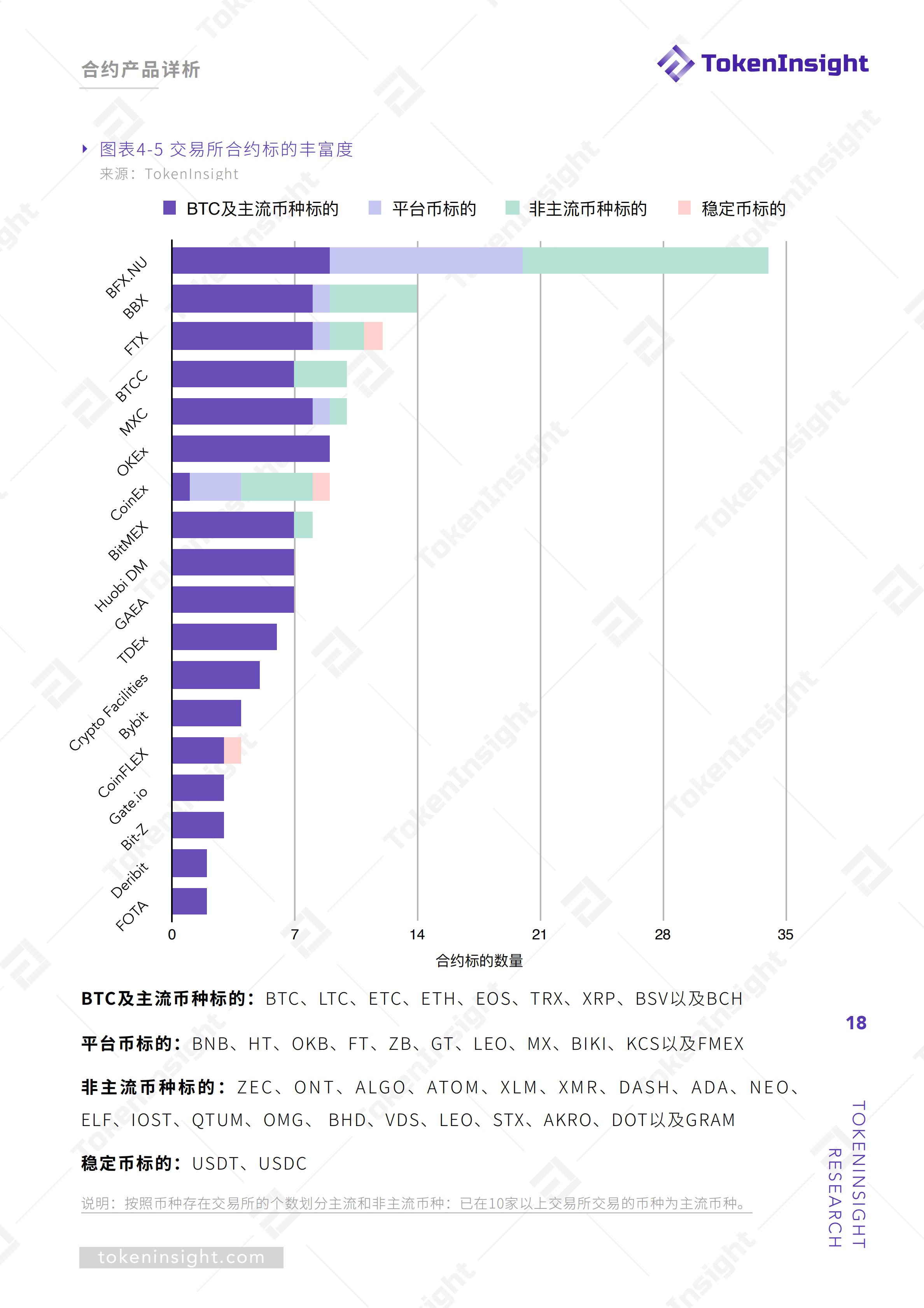


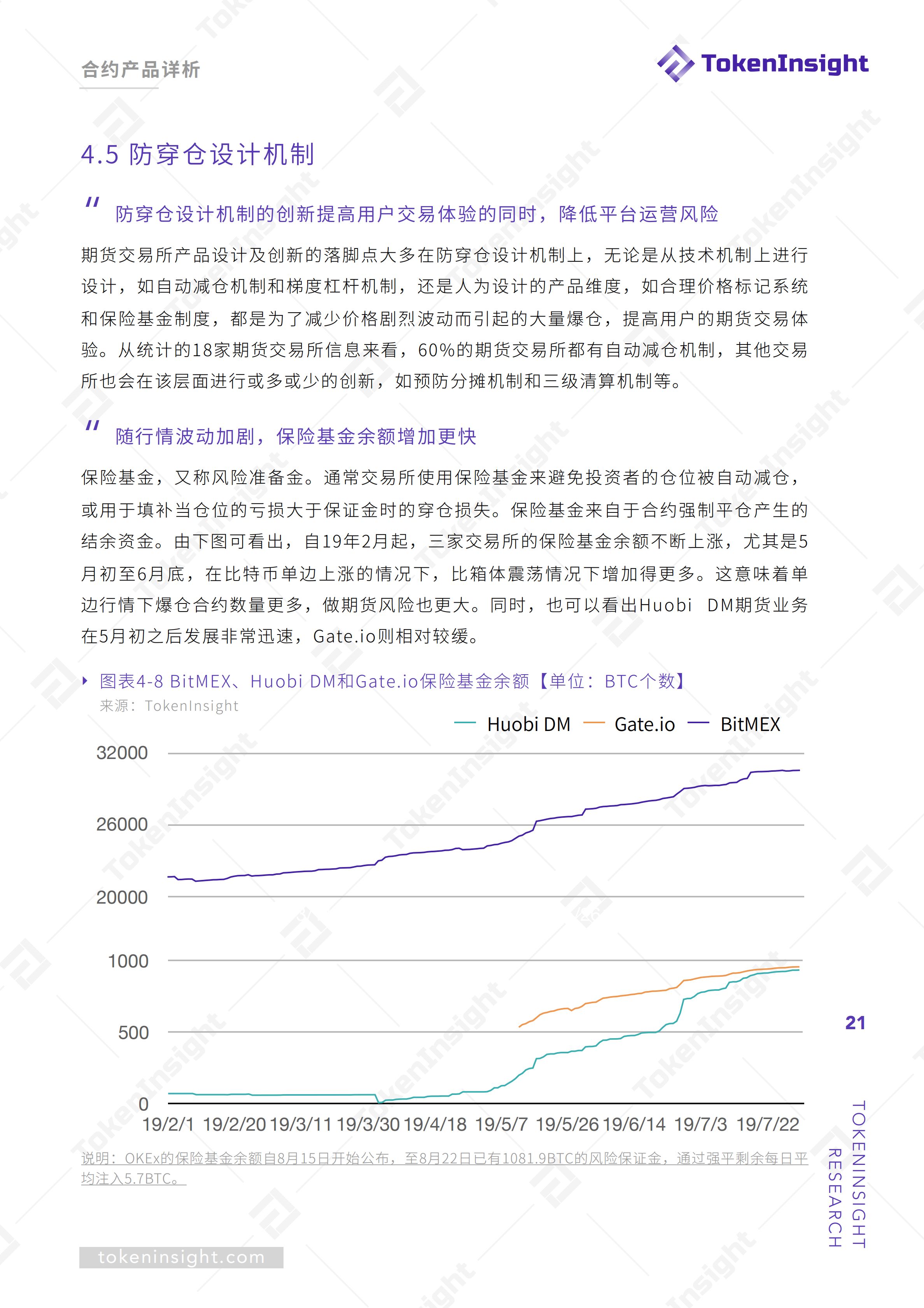
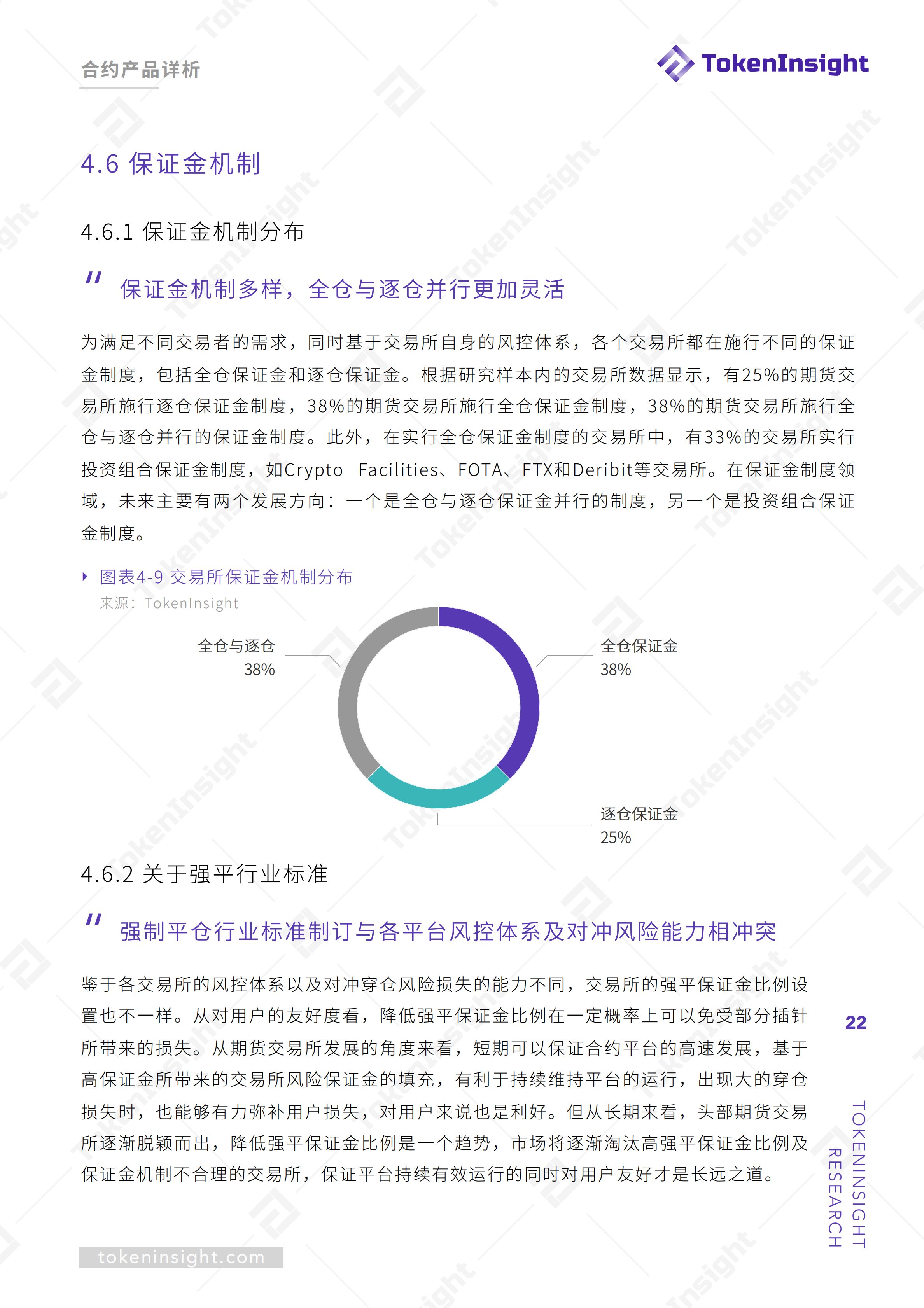
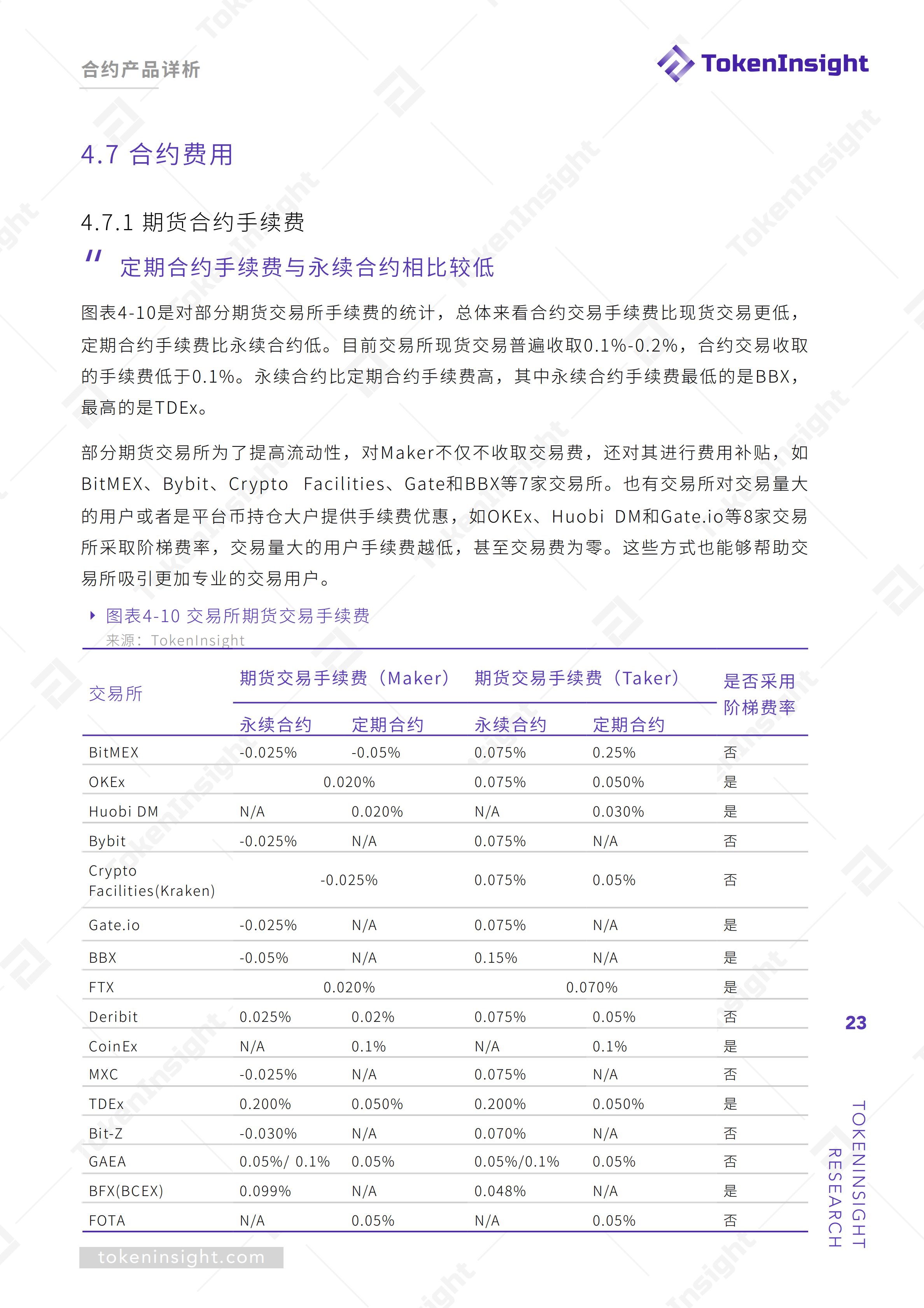
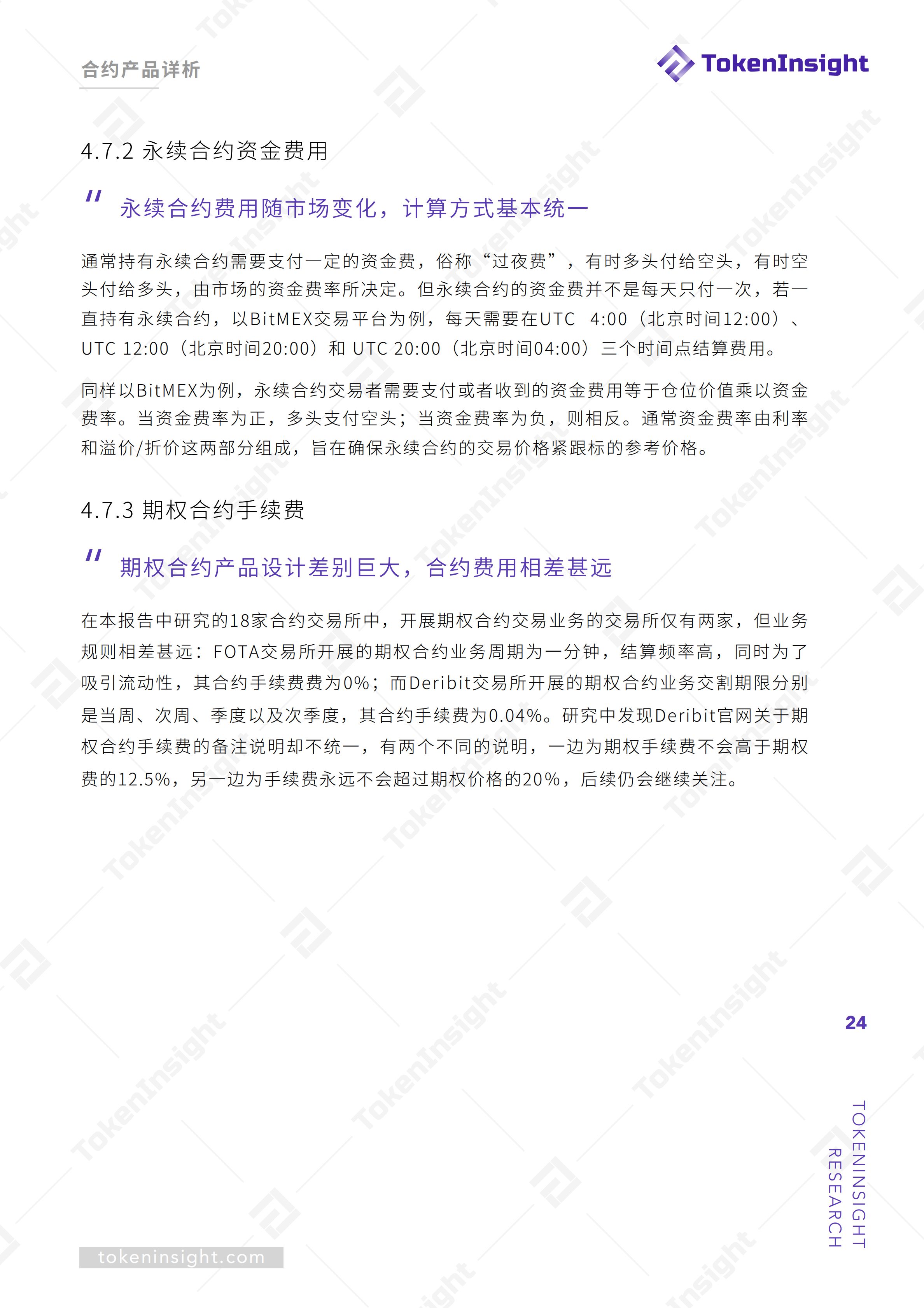
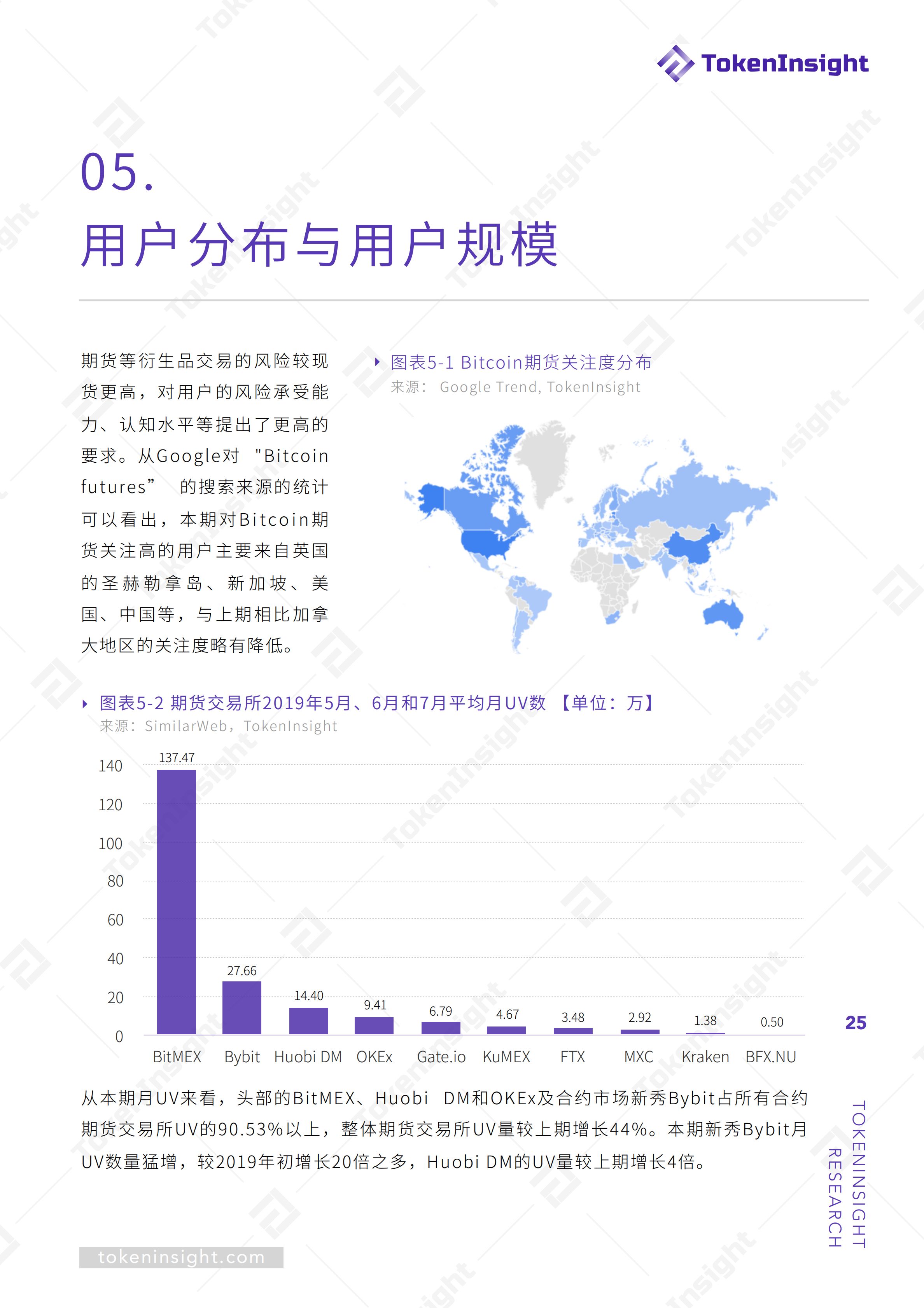


Source: Tokeninsight
We will continue to update Blocking; if you have any questions or suggestions, please contact us!
Was this article helpful?
93 out of 132 found this helpful
Related articles
- Jimmy Song: All those who are not optimistic about Bitcoin will eventually escape the "true incense" theory.
- Blockchain expansion is booming, and CasperLabs has completed $14.5 million in Series A financing
- The big discriminating concept of hard disk mining: PoC VS IPFS (Filecoin)
- Suppose you have 500,000 DAI, would you choose to deposit in Compound?
- Facebook Libra applies for payment system license to Swiss Finance Authority (FINMA)
- Shouldn't you go to the main network in 2019? The data shows that a large number of tokens are negatively growing
- The employee remotely steals 100 bitcoins from Bitland and was sentenced to one year and three months in prison.





